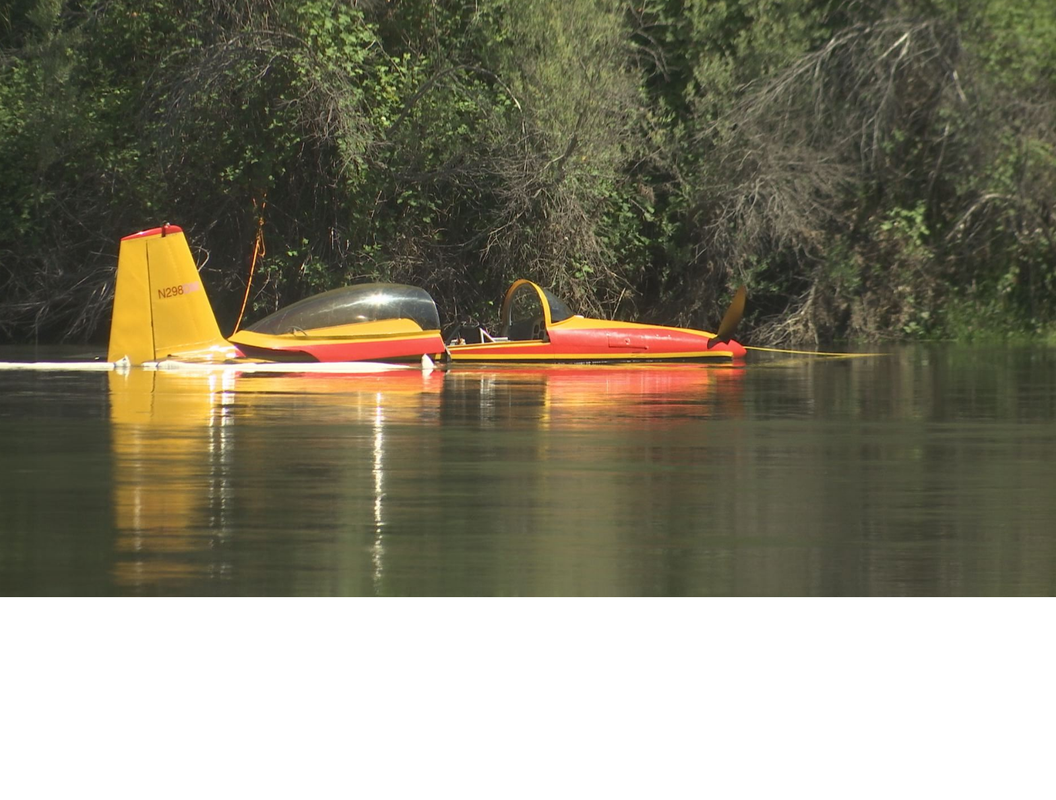https://data.ntsb.gov/carol-repgen/api/ ... 105169/pdf
The pilot was maneuvering the airplane over a river about 3,000 feet above mean sea level (msl) with the engine operating at 2,200 rpm. After a few minutes, the pilot heard a “pop” emanating from the engine compartment followed by a loss of engine power. With no suitable terrain to land in the area, the pilot opted to ditch in the river adjacent to the shoreline. The airplane touched down in a calm current near some exposed rocks. A team of swift-water rescue divers arrived at a boat ramp across the river with the intention of performing a training exercise that morning. The team carried the pilot and passenger to shore without injury.
A postaccident examination revealed that the crankshaft gear was missing its retaining bolt and lock-plate. The alignment dowel was sheared off and the crankshaft gear’s mounting flange was damaged. Mounting flange material was found in the sump, but the missing bolt and lock-plate were not found, likely because it was never installed at the last overhaul (98.9 hours before the accident).
The engine was overhauled prior to being installed on the airplane. The airplane and overhauled engine had amassed 98.9 flight hours before the accident.


